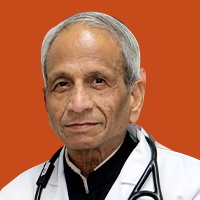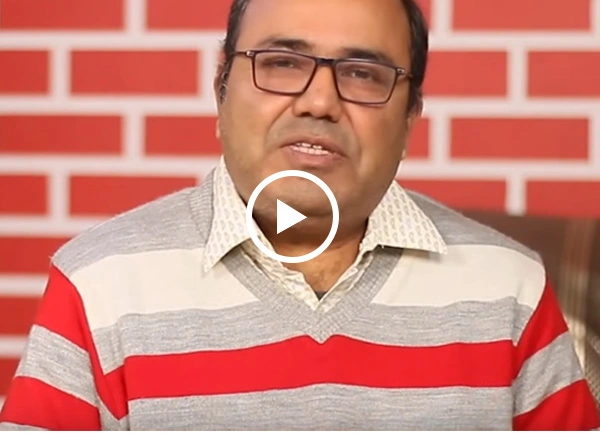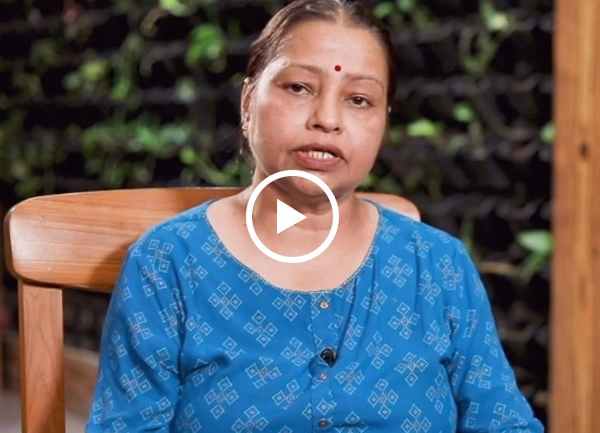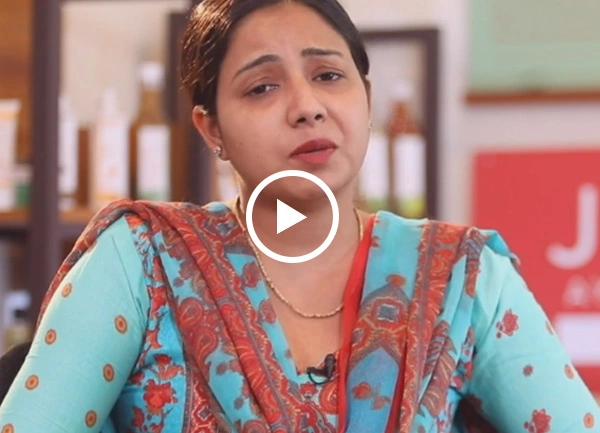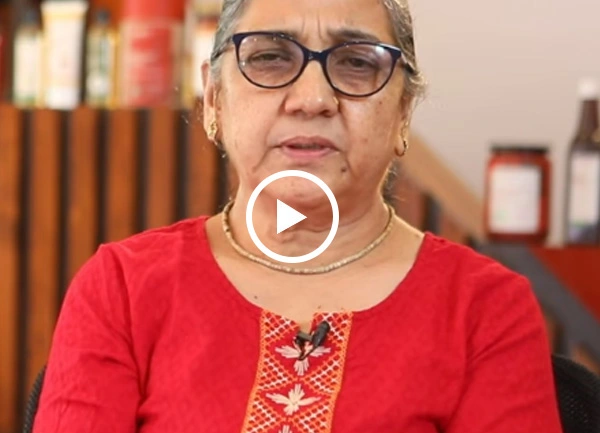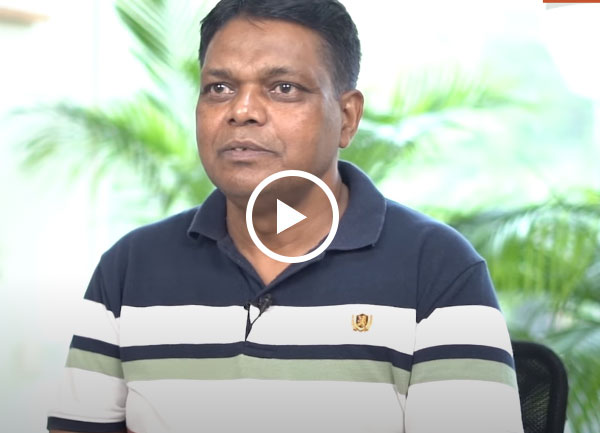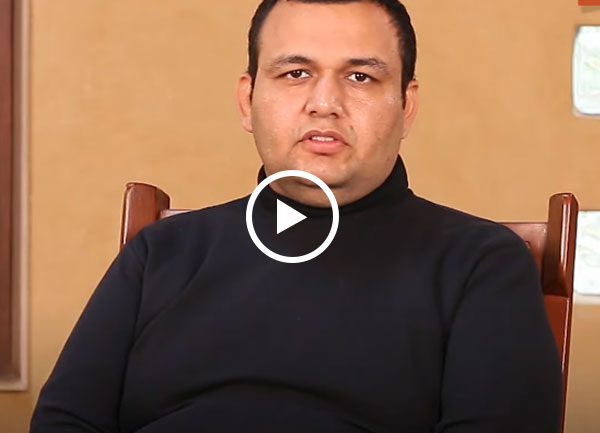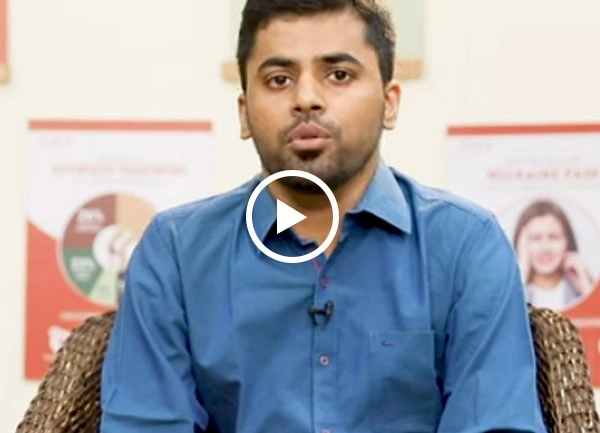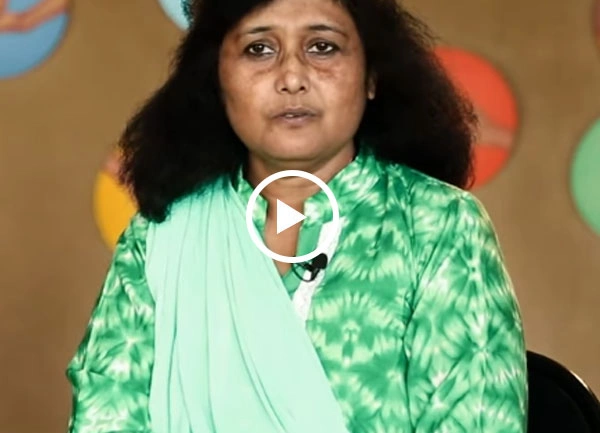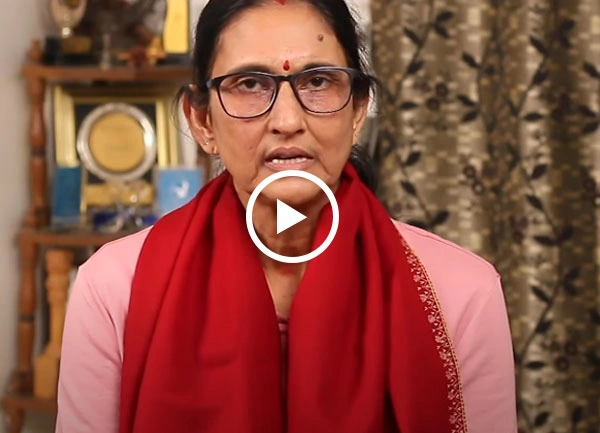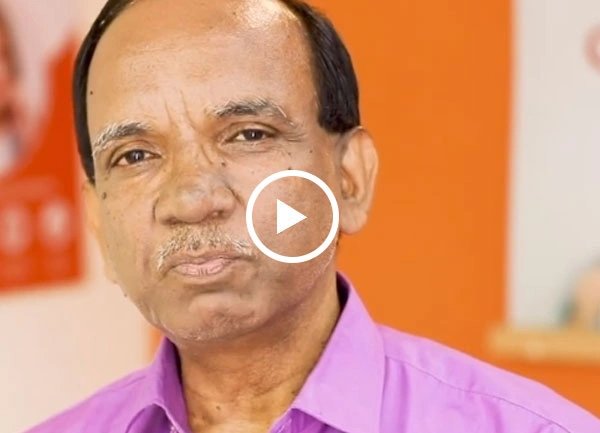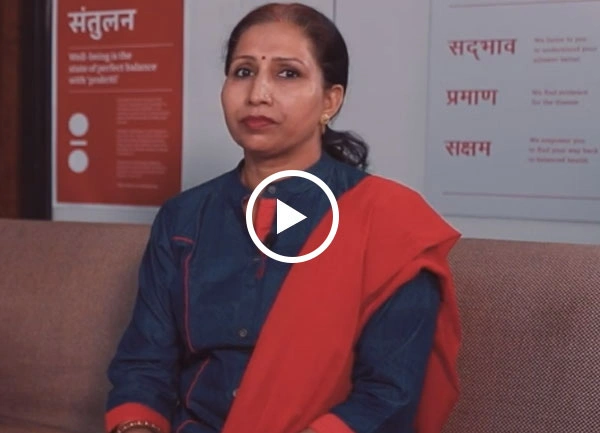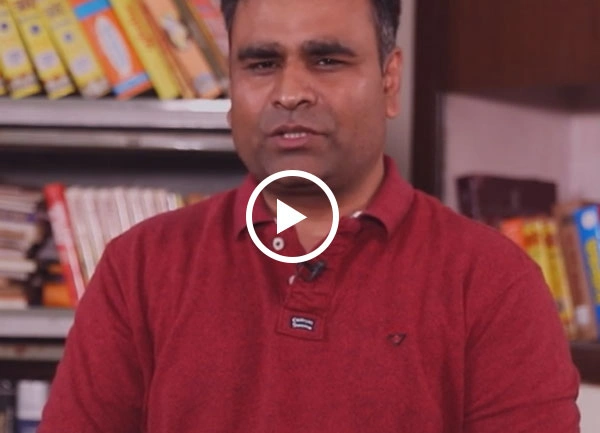

Successful Treatments
Clinics
Doctors
What is Hepatomegaly?
Hepatomegaly or enlargement of the liver is due to various causes such as infections, metabolic disorders, or excessive fat accumulation in the liver-fatty liver. The degree may be mild, moderate, or severe and may coexist with grades of fatty liver, for example, grade 1 or grade 2, wherein physical examinations or imaging studies are revealed, and timely treatment is necessary to avoid progress.
Symptoms
Abdominal discomfort or pain
It is one of the most common symptoms of hepatomegaly - a feeling of soreness or pain in the abdominal area, mainly at the right side, just below the ribs. This happens because the liver, when enlarged, starts exerting pressure on surrounding organs and tissues, thus causing pain or even a feeling of fullness. The aching might be dull or even sharp, localised, in nature as it happens in movements or exercises. In extreme cases, the growth may interfere with normal body functions and cause more pain.
Fatigue
An enlarged liver may lead to chronic fatigue due to the importance of the liver in energy metabolism. If the liver is enlarged or performs poorly, it affects the functioning of the organ in removing toxins, processing nutrients, and regulation of metabolism. This leads to a lack of energy, making the patient feel drained, even after minimal exertion. This fatigue can be extreme and constant, resulting in consequences to the individual to gain a usual day of activities and decrease general quality of living.
Jaundice
Jaundice is the yellowing of the skin and the eyes, another major symptom of hepatomegaly, showing that the liver can no longer perform its role of metabolising and excreting bilirubin, a yellow-coloured pigment found in the blood. Bilateral buildup of bilirubin in the blood gives rise to a yellowish discoloration in the skin and in the ocular tissues when the liver is enlarged and overburdened. These are manifestations that reflect varying degrees of liver dysfunction, and other signs often accompany them, including dark urine, pale stools, and severe itching, demonstrating that the impairment has reached an advanced stage in the liver.
Hepatomegaly Causes
Hepatomegaly arises due to many causes:
Alcoholic Liver Disease: Prolonged and excessive alcohol consumption is another common cause of hepatomegaly. Alcohol leads to inflammation within the liver; thus, swelling and fat accumulation are experienced. Gradually, it may bring about alcoholic liver disease, in which a massive enlargement of the liver and damage to the liver's function develop. Continued abuse with alcohol escalates up to cirrhosis, one of the extreme liver damage cases.
Infections: The liver can become enlarged due to several infections, including hepatitis, mononucleosis, and bacterial infections. For instance, certain types of viral hepatitis directly affect the liver, which triggers inflammation in the organ and may lead to hepatomegaly. Systemic infections involving the liver also occur in the body's immune response against pathogens.
Metabolic Disorders: The most common causes of hepatomegaly are of metabolic nature. Obesity, diabetes, and NAFLD contribute to this pathology. These conditions cause the creation of fat within the liver, which leads to the enlargement and dysfunction of the organ. The risk for enlargement is compounded in metabolic disorders by insulin resistance, which always accompanies them.
Congestive Heart Failure: In other cases, the poor heart function results in moderate hepatomegaly. Such hepatomegaly is bound to occur when the tendency of the blood, that the failing heart is not pumping in a good manner, is to seep back into the liver and make it enlarged. This type of hepatomegaly very often occurs along with various other signs of heart failure. For example, some common signs that accompany this type of hepatomegaly are swelling in the legs and difficulty in breathing.
Ayurvedic Treatment for Hepatomegaly
Ayurvedic treatment for hepatomegaly aims to detoxify the liver, balance doshas, and restore overall liver health.
Herbal Remedies (Ayurvedic Medicine for Hepatomegaly)
Some Ayurvedic herbs help in supporting liver activity and relieving hepatomegaly. It includes:
Kutki (Picrorhiza kurroa): Kutki has known active properties against liver ailments, where it works hepato-protective with detoxification of the liver, reducing inflammation, and improving its function in general. In diseases such as fatty liver and liver enlargement, it works because it enhances the natural restoration of the liver.
Bhumyamalaki (Phyllanthus niruri): One of the herbs that acts to support biliary juice production and enhances natural detoxification processes in the body is Bhumyamalaki. It is a regenerator of liver cells; therefore, it helps the liver restore itself from destruction caused by hepatomegaly.
Punarnava (Boerhavia diffusa): This herb is an excellent anti-inflammatory and diuretic, which reduces the swelling of the liver. It can be very beneficial for slight hepatomegaly because it promotes the expulsion of excess fluid and has inflammation-reducing properties.
Guduchi (Tinospora cordifolia): Guduchi enhances patient resistance to infection and treatment of inflammatory liver disorders by activating the natural repair processes of the liver. Guduchi also helps in the restoration of normal energy strength, thus aiding in recovery from conditions with liver enlargement.
Detoxification and Panchakarma for Hepatomegaly
Panchakarma therapies are considered foundational in the treatment of hepatomegaly according to Ayurvedic treatment since they cleanse the liver, therefore making it recover and get rid of all the accumulated toxins within it.
Virechana (Purgation Therapy): This is the purgative therapy whose intention is to cleanse the liver and intestines. It helps regain the normal functioning of the liver and shrink the size of an enlarged liver, especially in cases of fatty liver.
Basti (Medicated Enema): Basti therapy focuses on detoxifying the colon, which in turn supports liver health. By balancing the Vata dosha, Basti improves overall liver function and aids in managing hepatomegaly.
Rasayana Therapy: Rasayana therapy helps rejuvenate and consolidate the liver after the detoxification process. It improves the long-term health of the liver by restoring the tissues of the liver and enhancing biological potency.
Diet and Lifestyle Changes
Ayurvedic treatment for hepatomegaly lays major emphasis on maintaining diet and healthy ways of life that help the liver to function in a healthy manner.
Hepatomegaly Diet: A diet rich in fruits, vegetables, whole grains, and healthy fats like ghee is recommended. Some antioxidant-rich foods such as turmeric, leafy greens, and berries also help in maintaining the function and integrity of the liver.
Avoid Heavy, Fried, and Processed Foods: These may strain the liver and contribute to fat buildup, worsening conditions such as hepatomegaly with fatty liver. Ayurveda promotes light, easily digestible meals that will help ease the liver's workload.
Regular Hydration: Drinking warm water with lemon or herbs such as ginger will help facilitate the process of detoxification conducted by the liver and ensure maximum normal functionality.
Rest and Moderate Exercise: Rest is essential for the regeneration of the liver, but mild exercise, like yoga, helps in improving circulation, which further will be useful for the activation of the liver.
Yoga and Pranayama for Hepatomegaly
Yoga, coupled with breathing exercises, can be beneficial in managing hepatomegaly:
Pranayama (Breathing Exercises): Practices like Kapalbhati stimulate the liver, aiding in detoxification and improving its overall function.
Pawanmuktasana (Wind-Relieving Pose): This yoga pose enhances digestion and reduces discomfort caused by liver enlargement, helping alleviate the symptoms of hepatomegaly.
Traditional Ayurvedic wisdom, paired with a holistic treatment approach, ensures a comprehensive solution to hepatomegaly. For customised care, contact Jiva Ayurveda and start your journey towards better liver health.
FAQs
Hepatomegaly refers to the enlargement of the liver. This condition can range from mild to severe and is often associated with other liver issues, such as fatty liver disease.
Mild hepatomegaly is a slight enlargement of the liver that can be caused by conditions such as fatty liver or mild inflammation. It often presents with minimal symptoms but requires attention.
Hepatomegaly can be caused by fatty liver disease, alcohol abuse, viral infections (like hepatitis), or metabolic conditions like obesity and diabetes.
Common hepatomegaly symptoms include abdominal discomfort, fatigue, jaundice, and loss of appetite. These symptoms may vary based on the underlying cause and severity of liver enlargement.
Hepatomegaly with fatty liver grade 2 indicates a moderate level of fat accumulation in the liver, along with enlargement, which can impair liver function if untreated.
Ayurvedic treatment for hepatomegaly includes herbal medicines, Panchakarma detox therapies, and lifestyle changes aimed at detoxifying and rejuvenating the liver.
Mild hepatomegaly treatment in Ayurveda involves herbal remedies like Kutki and Bhumyamalaki, along with dietary changes and Panchakarma therapies to support liver detox and healing.
Borderline hepatomegaly means the liver is slightly enlarged but not enough to be classified as full hepatomegaly. It often requires lifestyle changes and regular monitoring.
The ICD-10 code for hepatomegaly is R16.0, used to indicate the diagnosis of liver enlargement in medical coding.
Hepatomegaly is often graded based on the extent of liver enlargement and associated fat infiltration, ranging from mild (grade 1) to severe (grade 2 or higher).
Yes, with proper Ayurvedic treatment, dietary changes, and lifestyle modifications, hepatomegaly with fatty infiltration of the liver can be managed and even reversed in many cases.
Top Ayurveda Doctors
Our Happy Patients
Related Disease
Latest Blogs
- हर महीने शरीर में नई जगह दर्द क्यों उभरता है? रूमेटॉयड आर्थराइटिस में आम की भूमिका समझिए
- लंबे समय तक ड्राइविंग या गलत बैठने से साइटिका क्यों ट्रिगर होता है? आयुर्वेद बताता है उपचार का सही मार्ग
- क्या स्लिप डिस्क और साइटिका एक जैसे हैं? दोनों में फर्क और आयुर्वेदिक उपचार समझिए
- सोरायसिस का आयुर्वेदिक इलाज – जड़ी-बूटियों से स्किन को बनाएं हेल्दी
- गाउट में बार-बार दवाइयाँ लेने से किडनी पर क्या असर होता है? और आयुर्वेद कैसे राहत देता है
- भगंदर (Fistula) का आयुर्वेदिक इलाज – जड़ से राहत देने वाले हर्बल उपाय
- लाइपोमा (गांठ) का आयुर्वेदिक इलाज – बिना सर्जरी गांठ घटाने के प्राकृतिक तरीके
- साइनस का आयुर्वेदिक इलाज – नाक बंद और सिरदर्द से राहत के घरेलू उपाय
- अल्सरेटिव कोलाइटिस का आयुर्वेदिक इलाज – आंतों की सूजन के लिए प्राकृतिक उपाय
- पेप्टिक अल्सर का आयुर्वेदिक इलाज – एसिडिटी और जलन से तुरंत राहत
- क्या हीट थेरेपी या मसाज सायटिका में ठीक है? आयुर्वेद बताता है कब करना है और कब नहीं
- सर्दियों में दिल की सेहत पर क्यों बढ़ जाता है खतरा? जानिए ह्रदय रोगियों के लिए आयुर्वेदिक सुझाव
- ठंड के मौसम में क्यों बढ़ जाती है यूरिन इंफेक्शन की संभावना? जानिए आयुर्वेदिक सावधानियाँ और नुस्खे
- हर रात गरम दूध पीना सबके लिए सही नहीं होता – जानिए आयुर्वेद में किन लोगों को इससे परहेज़ करना चाहिए
- क्या हीटर के सामने ज़्यादा बैठना आपके वात दोष को बढ़ाता है? जानिए इसका जोड़ों और स्किन पर असर
- ठंड में बार-बार गला खराब होना सिर्फ मौसम का असर नहीं है – जानिए आयुर्वेद के अनुसार 3 छिपी वजहें
- सर्दियों में बॉडी ओडर क्यों बदल जाता है? जानिए आयुर्वेदिक डिटॉक्स टिप्स जो काम आते हैं
- सर्दियों में चाय की लत से पाचन खराब? जानिए इसके आयुर्वेदिक विकल्प
- लैपटॉप और मोबाइल ज़्यादा इस्तेमाल करने वालों में सर्वाइकल दर्द क्यों बढ़ रहा है? आयुर्वेदिक कारण और उपचार समझिए
- सुबह उठते ही गर्दन में अकड़न और चक्कर आना क्या सर्वाइकल स्पॉन्डिलाइटिस का संकेत है? आयुर्वेद की राय जानिए
Ayurvedic Doctor In Top Cities
- Ayurvedic Doctors in Bangalore
- Ayurvedic Doctors in Pune
- Ayurvedic Doctors in Delhi
- Ayurvedic Doctors in Hyderabad
- Ayurvedic Doctors in Indore
- Ayurvedic Doctors in Mumbai
- Ayurvedic Doctors in Lucknow
- Ayurvedic Doctors in Kolkata
- Ayurvedic Doctors in Patna
- Ayurvedic Doctors in Vadodara
- Ayurvedic Doctors in Ahmedabad
- Ayurvedic Doctors in Chandigarh
- Ayurvedic Doctors in Gurugaon
- Ayurvedic Doctors in Jaipur
- Ayurvedic Doctors in Kanpur
- Ayurvedic Doctors in Noida
- Ayurvedic Doctors in Ranchi
- Ayurvedic Doctors in Bhopal
- Ayurvedic Doctors in Ludhiana
- Ayurvedic Doctors in Dehradun









